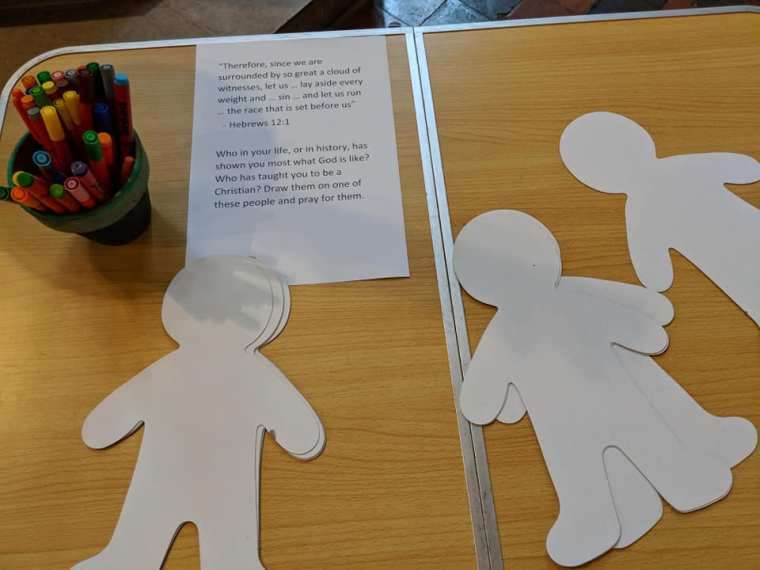I realise this probably comes too late to be useful for this year. We started work on it late, and then went through multiple drafts for both the short and long versions. But do bookmark it for next year!
In the parish where I still do some work with children, we’ve decided to change our nativity play. For the last eight years, we’ve done “People, Look East,” which is a dramatised lessons and carols service, with a Eucharist, written by Gretchen Wolff Pritchard (who happens to be my mum). You can buy the book or eBook that contains the script here (note that when it says “Church School,” this means “Junior Church” – the book was published in America and that’s what it means there).

“People, Look East” is designed to include people of all ages among the cast, and that’s how it worked at the church where I grew up. However, when I became Children’s Worker at St. George’s, I had trouble convincing the adults to participate, and we had very few teenagers, so it became something done by the children.
Now those children have all become teenagers. And they see the pageant we’ve done for the last eight years as something they’re starting to grow out of wanting to be involved with. And many of them don’t want to dress up.
So I’ve drafted an adapted dramatised Lessons and Carols service, which was then amended with suggestions by Clare Heard, LLM at St. George’s, and the Revd. Neil Traynor, Associate Vicar. As Lessons and Carols does, it moves from the tragedy of a fallen and broken world, through to the hope of the prophets, its fulfilment in the coming of Jesus, and finally through to our hope, now, looking for his coming again.
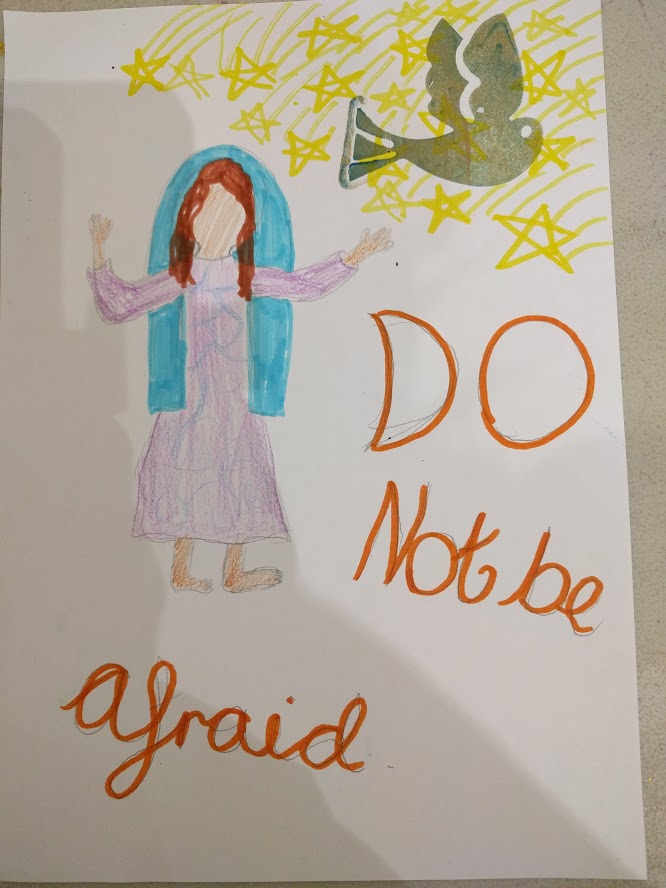
The idea is that people of all ages can participate in this nativity.
Readers 1, 2, and 3 can be adults, or a mix of teenagers and adults. Reader 1 represents God and God’s messenger – Readers 2 and 3 represent the people. Teenagers and adults can also lead the music.
The prophets should be teenagers – teenagers often have a prophetic voice, calling out injustice, holding the powerful to account, and creating a vision of a better world.
The characters in the nativity should be children and teenagers – they represent new hope and new life. Babies and toddlers can be sheep, with an adult as their shepherd. If at all possible, a real baby should be used for Baby Jesus – they can sit with their carers in the front row, wearing a neutral plain Babygro and wrapped in a neutral blanket, until the needed time.
The numbers are flexible. Just because the script calls for 5 shepherds doesn’t mean you can’t have 2 or 10. Just redistribute/break up lines as needed.

NOTE: YOU WILL NEED REHEARSALS. We do this on the third Sunday of Advent, so our schedule is as follows:
1st Sunday of Advent: learn the music during Junior Church. Send the readers out one by one to practice their readings with an adult.
2nd Sunday of Advent: practice the music and readers during Junior Church, then put all the movements together in an hour and a half after church.
3rd SATURDAY of Advent: a three-hour rehearsal – teenagers and adults needed for all of it, children for the second half. Include breaks.
3rd Sunday of Advent: final rehearsal an hour before church starts.
The pageant itself, for us, IS THE MAIN SUNDAY SERVICE on the third Sunday of Advent.
There are two versions available for download below. One is a bit longer, but the shorter one is not just an adapted version of the longer one – there are a few elements that are replaced or rewritten, not just cut.
A few notes:
- In terms of the poetry included: I’m not a copyright expert, but I believe use in public worship could be said to fall under the educational fair use exception of copyright law – but if you’re worried, do check with an expert before using this material.
- The link to an audio version of the communion anthem is here – it’s a rubbish recording of me singing it in my office. Sheet music is also attached below. You could add a second communion anthem if your kids are into singing. If you have a Junior Choir, they could do something stunning here.
- The collect is the one for the third Sunday of Advent. If you’re doing this at a different time, change it as needed.
- Glitter is used to show God appearing to/choosing people. I tend to use the large sequin type of glitter, as it’s easier to clean up. I tell children after the pageant “any sequins you pick up, you can keep,” and use a mini Hoover for the rest. You can also use Party Poppers.
If you have any questions or find any glaring mistakes, let me know in the comments!
Here are the files to download:


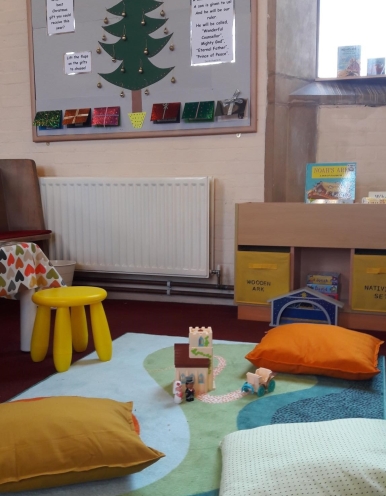 Cushions on the floor are useful for older children to lie on, or if you ever plan to have structured sessions in this space – having a cushion for each toddler to sit on can help limit the wiggles.
Cushions on the floor are useful for older children to lie on, or if you ever plan to have structured sessions in this space – having a cushion for each toddler to sit on can help limit the wiggles.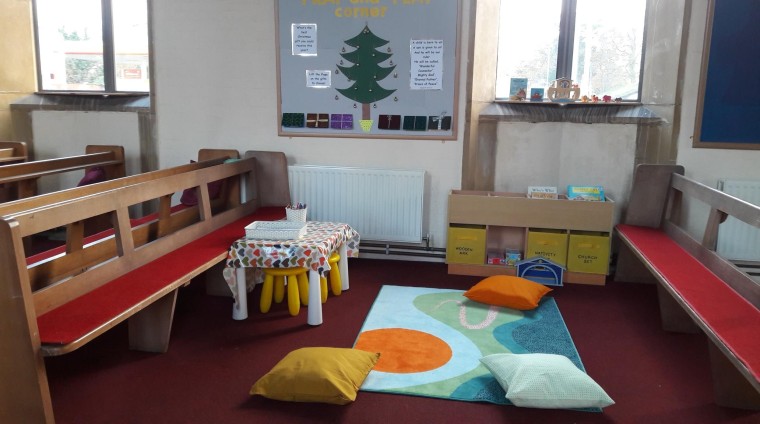
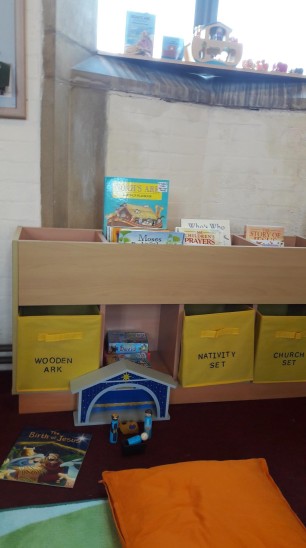 Starting with the most easy-to-find and familiar toys can be a good way of beginning your Pray and Play area. Parents and children will recognise them, and you can often get bargains on eBay or in charity shops, which is tougher with specialist items.
Starting with the most easy-to-find and familiar toys can be a good way of beginning your Pray and Play area. Parents and children will recognise them, and you can often get bargains on eBay or in charity shops, which is tougher with specialist items.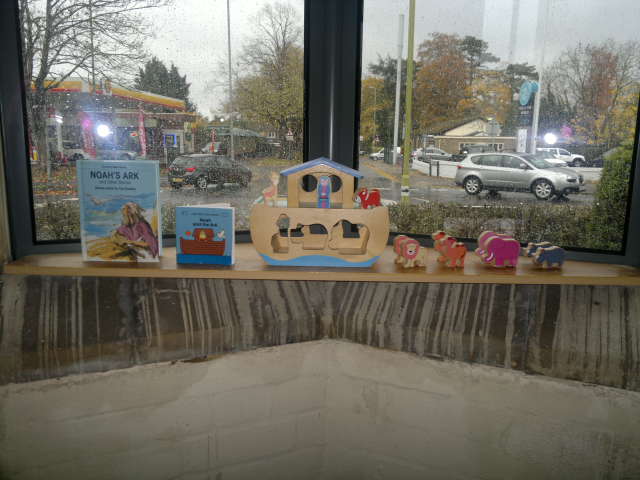
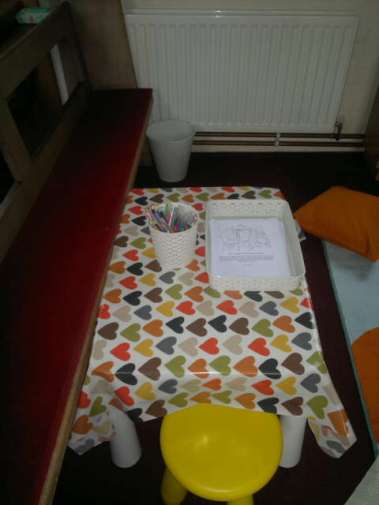 Here you can see the table, which is aimed at slightly older children. Some ideas for a table and marker/pencil space can include:
Here you can see the table, which is aimed at slightly older children. Some ideas for a table and marker/pencil space can include: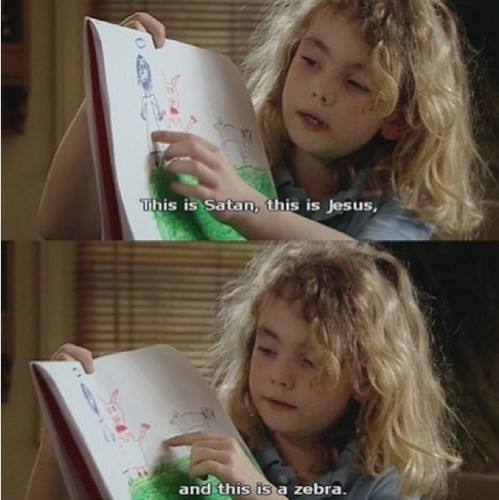
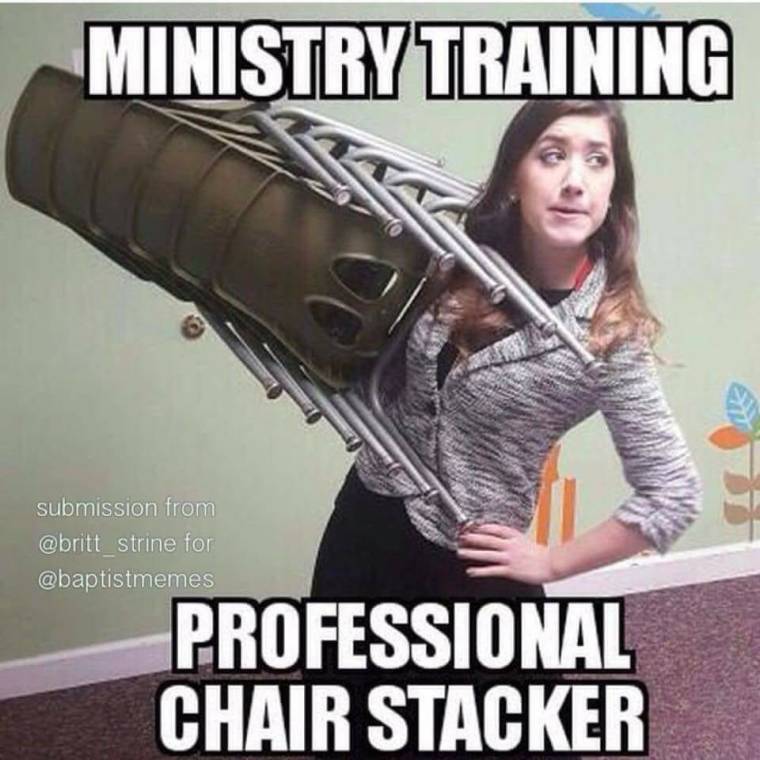
 So without further ado, here’s what we now have …
So without further ado, here’s what we now have …






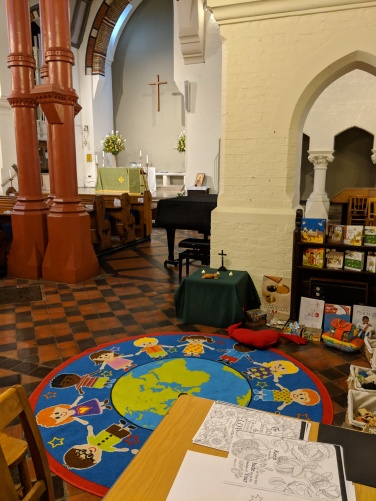
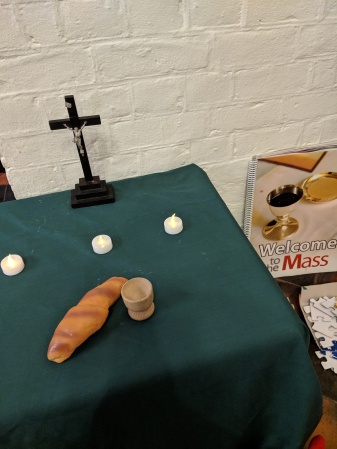
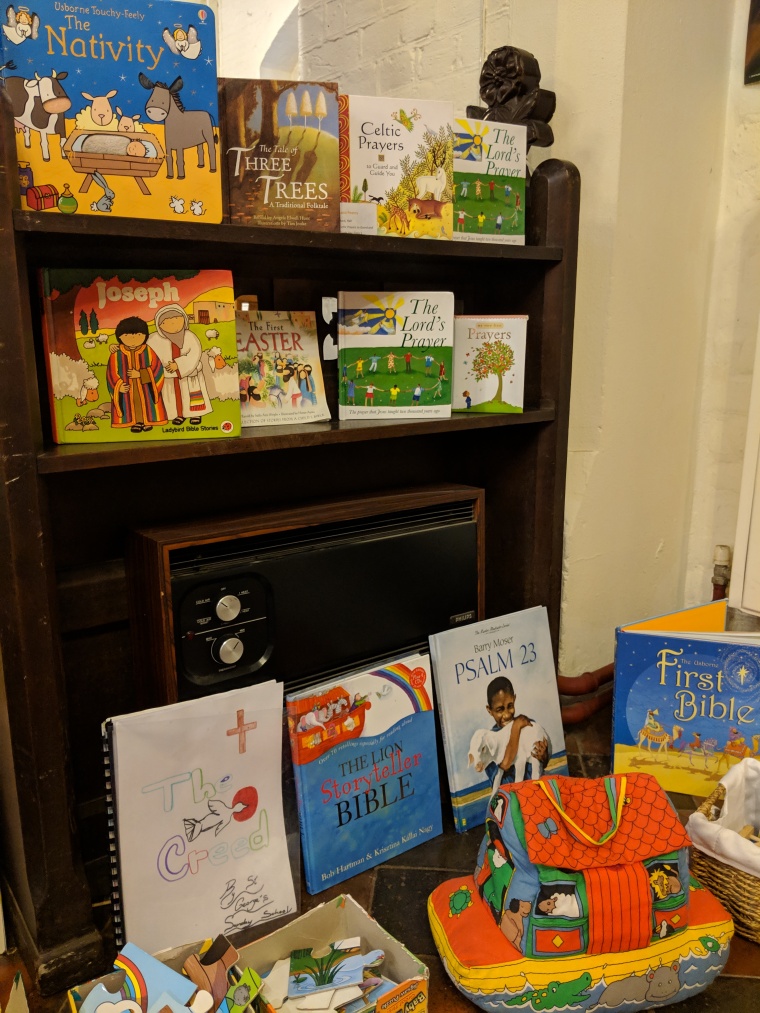

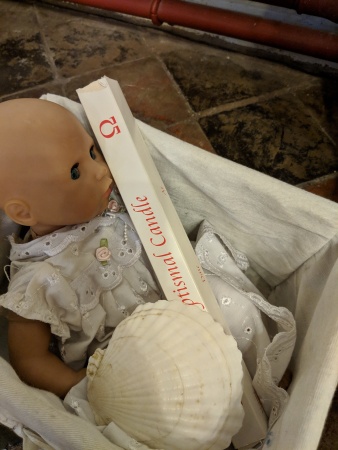
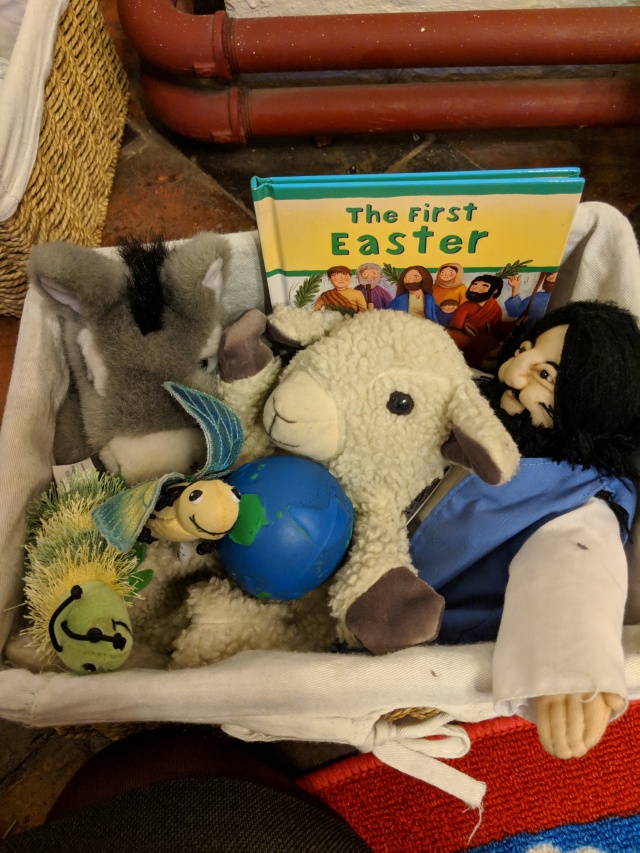
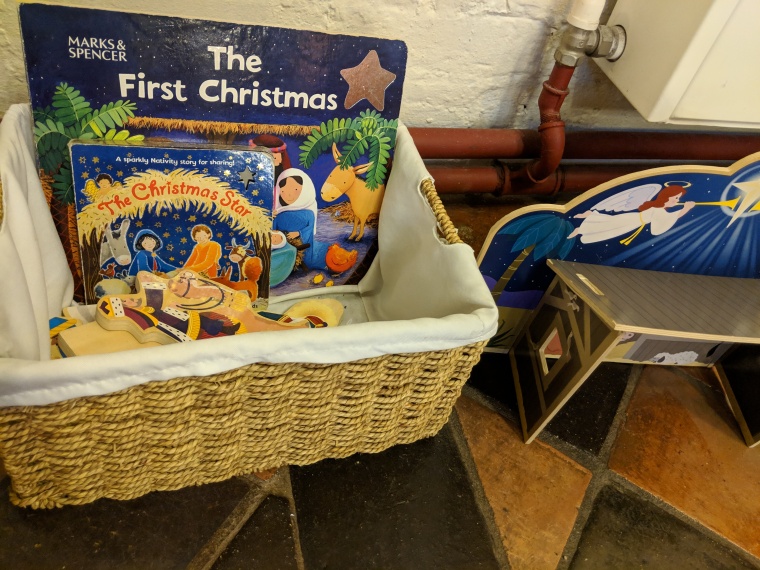


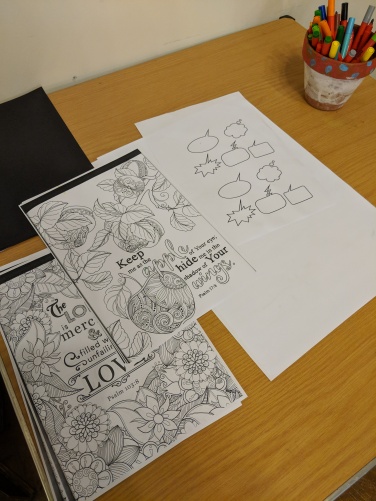
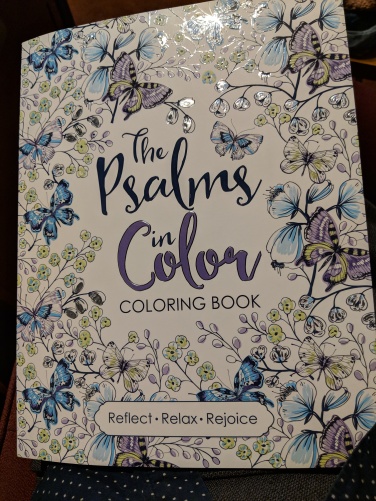
 Yesterday was the All-Age service for All Saints and All Souls at my church, St. George’s. Here’s some of what we did – feel free to take any or all of these ideas, change them, adapt them, mix them up, and make them better, for your services next year.
Yesterday was the All-Age service for All Saints and All Souls at my church, St. George’s. Here’s some of what we did – feel free to take any or all of these ideas, change them, adapt them, mix them up, and make them better, for your services next year.



